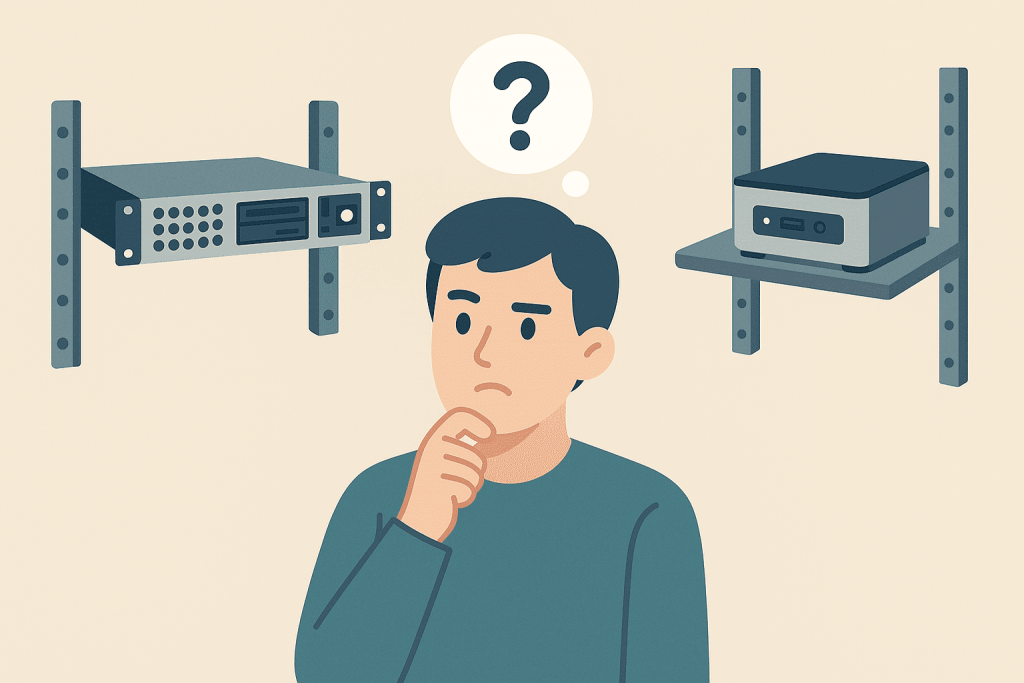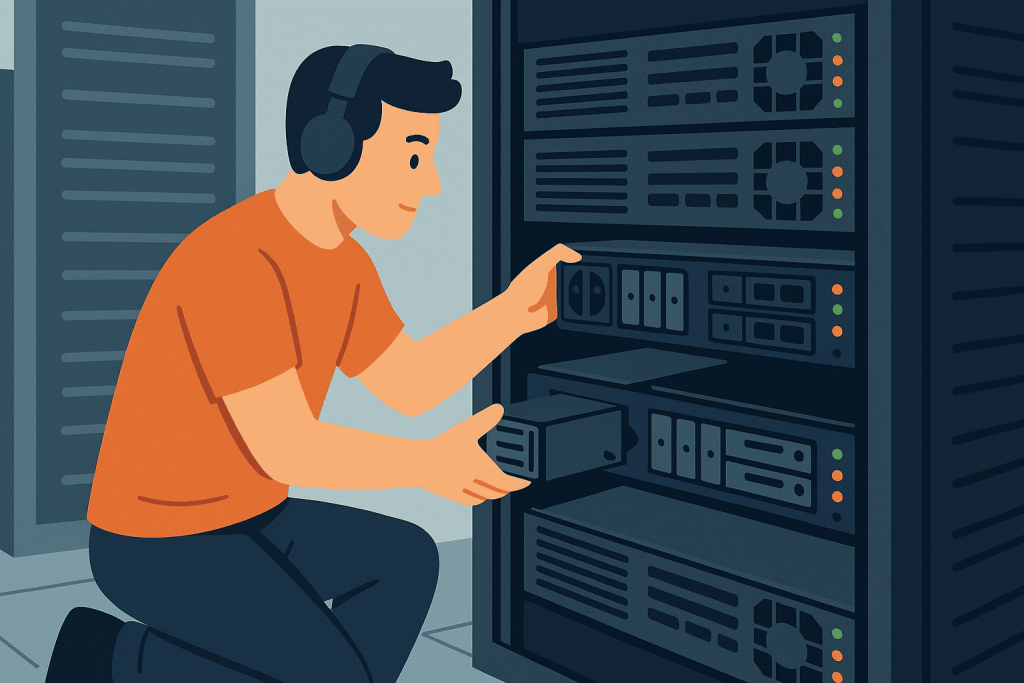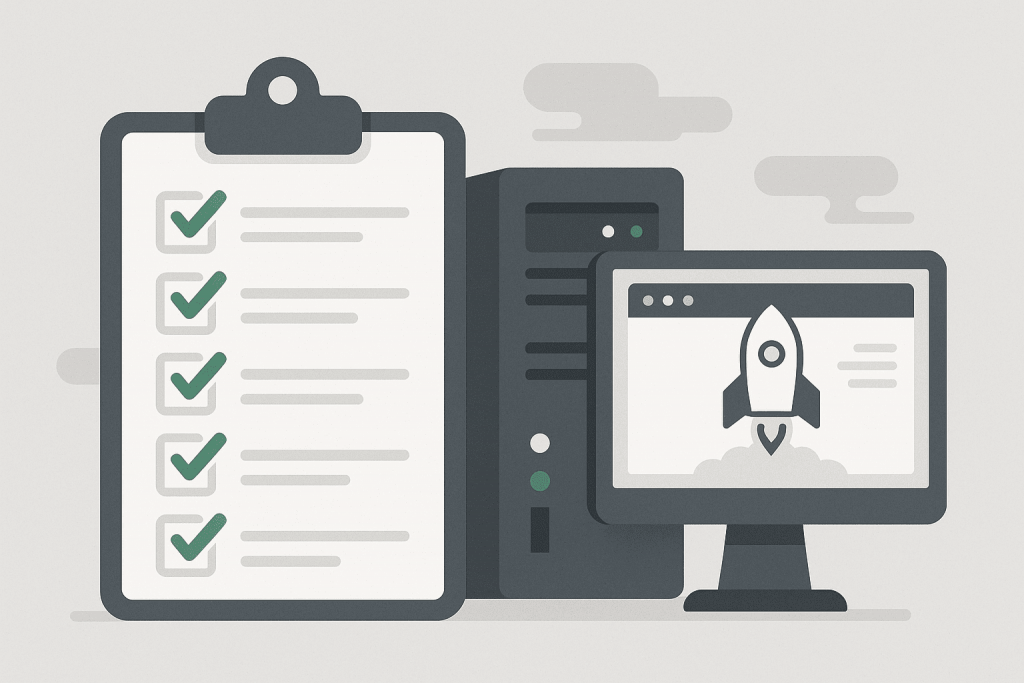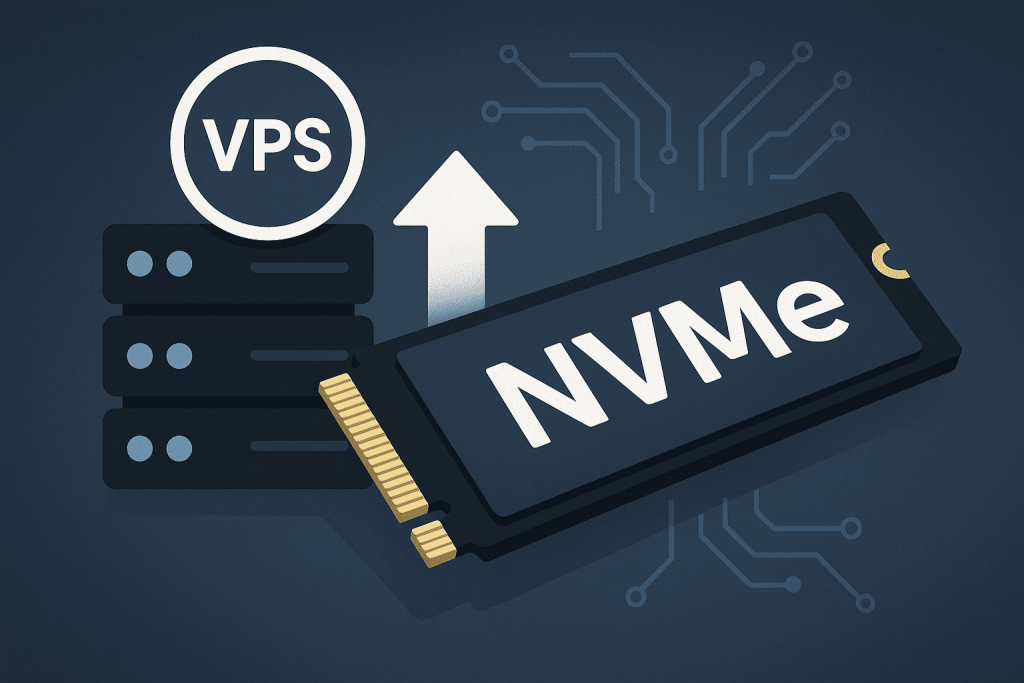
In today’s digital environment, users increasingly interact with websites through smartphones rather than computers. This means that loading speed becomes critically important not only for comfort but also for a business’s ability to retain customers. Mobile internet, even in 4G or 5G formats, is more prone to fluctuations in speed and stability, so the servers powering a website must be highly efficient. How quickly they respond to a request directly influences whether a user stays on the page and completes their action — making a purchase, browsing a catalog, filling out a form, or reading content.









